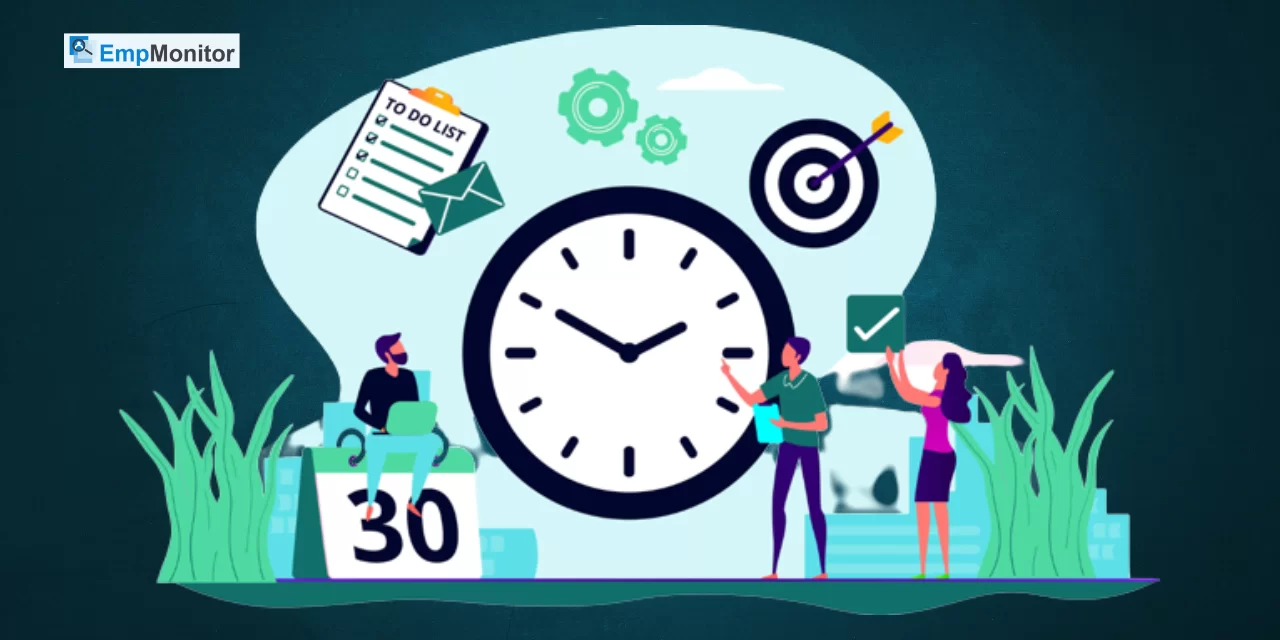Idle Time Tracking: A Smarter Use for Employee Monitoring Software

Retail success is built on people. But it’s also built on how productively those people use their time. Every minute an employee is idle—while clocked in and not engaging customers—represents a missed opportunity. This is where employee monitoring software plays a smarter role.
Idle time tracking isn’t about micromanaging—it’s about visibility. When combined with retail analytics software, it gives store leaders a clear, objective view of how floor time is used, where performance gaps exist, and how to coach for improvement.
Let’s explore how idle time tracking can be a smarter, more strategic use of employee monitoring tools—and how to use this insight to boost store performance without adding pressure.
1. Understanding Idle Time in a Retail Context
Idle time refers to moments when employees are clocked in but not actively contributing to store operations—especially during high-traffic periods.
Examples include:
- Staff standing idle during peak foot traffic
- Reps disengaged while customers browse
- Prolonged periods between task completions
While some idle time is natural, excessive or repeated idle periods reduce efficiency and hurt conversion. That’s why tracking it matters.
2. The Link Between Idle Time and Missed Sales
Idle time alone doesn’t impact the bottom line—but idle time when customers are in the store? That’s a different story.
Retail analytics software helps bridge the gap by showing:
- Customer-only traffic during idle periods
- Engagement vs. non-engagement trends
- Hours with missed conversions linked to inactivity
This context helps you distinguish between harmless downtime and costly inaction.
3. How Employee Monitoring Software Tracks Idle Time
Modern employee monitoring software uses multiple inputs to track idle time accurately, such as:
- Motion detection or presence sensors on the sales floor
- POS interaction logs to track activity
- Customer engagement metrics pulled from cameras or traffic systems
- Task time tracking on back-office responsibilities
When paired with retail analytics software, this data becomes actionable—allowing you to align staff behavior with real in-store opportunity.
4. Why Smarter Tracking Builds Smarter Teams
Idle time metrics aren’t for punishment—they’re for performance. Tracking idle time gives managers objective feedback they can use to:
- Identify reps who need coaching or support
- Recognize patterns that indicate disengagement or burnout
- Reward proactive team members who consistently engage
This helps managers manage better—and helps employees grow faster.
5. When Is Idle Time Actually a Red Flag?
Not all idle time is a problem. Some downtime is healthy or necessary, especially in slow periods. But idle time becomes a red flag when it:
- Occurs during peak store traffic
- Increases over multiple shifts
- Aligns with poor conversion rates
Retail analytics software shows you when these patterns become concerning—so you can intervene early and fairly.
6. Using Data for Targeted Coaching (Not Overreach)
The real power of idle time tracking lies in coaching. Rather than vague feedback like “you need to be more active,” you can say:
- “Your idle time averaged 35% last week during high traffic hours.”
- “You had 8 walk-ins that weren’t greeted while you were logged in.”
This changes the conversation from opinion to observation—and drives more effective behavior change.
7. Store-Level Insights for Multi-Location Teams
If you manage multiple stores, idle time tracking helps compare location performance in a standard, objective way.
With employee monitoring software integrated into retail analytics software, you can see:
- Which stores struggle with high idle time
- Which shifts deliver the most engagement
- Where managers may need extra support or structure
It’s not just about the rep—it’s about the store environment, floor setup, and operational consistency.
8. Real-Time Alerts for Faster Course Correction
The best systems don’t just track—they alert. Set thresholds in your software to get notified when:
- Idle time spikes above your set limit
- Reps miss customer interactions
- Scheduled employees are clocked in but not floor-active
This allows managers to respond during the shift—not a week later when it’s too late.
Read Also: Heat or Chill, Keep It Still: Smart HVAC Maintenance Tips
Conclusion: Idle Time Isn’t the Enemy—Invisibility Is
The issue with idle time isn’t that it happens—it’s that most retailers don’t know when or why it’s happening. That lack of visibility creates missed opportunities, uneven customer experiences, and wasted labor costs.
With modern employee monitoring software and retail analytics software, idle time becomes a performance lever. You’re not guessing or over-monitoring—you’re simply using facts to manage smarter.
Tracking idle time isn’t about control. It’s about clarity.
FAQs: Employee Monitoring Software & Idle Time Tracking
Q1: Isn’t idle time just part of retail life?
Yes, some idle time is normal. But excessive or unbalanced idle time during high-traffic hours can lead to lost sales and poor service. Tracking helps identify when it becomes a problem.
Q2: How does software track idle time fairly?
Modern systems look at activity patterns, task logs, and customer traffic. Idle time is only flagged when it occurs outside of expected rest or low-volume periods.
Q3: Will this hurt employee trust?
Not if communicated clearly. Explain that employee monitoring software is used for performance improvement—not punishment—and employees are more likely to support it.
Q4: Can idle time tracking improve scheduling?
Yes. High idle time may signal overstaffing during certain shifts. With this data, you can better match staff levels to actual demand.
Q5: Is this tracking suitable for all store sizes?
Absolutely. Whether you have one store or fifty, idle time tracking through retail analytics software scales to show real insights at every level of the business.




